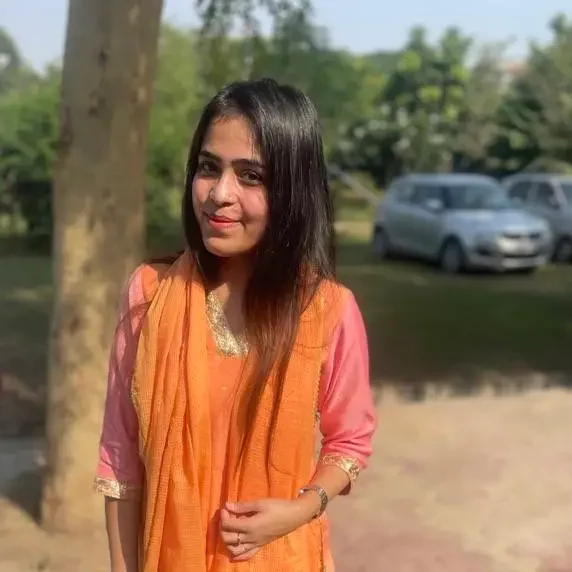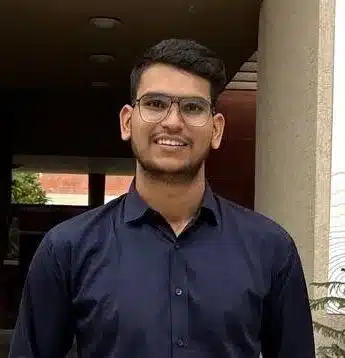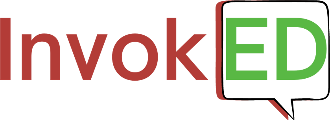An insight into the journey of engaging with stakeholders
Henry Ford puts it well: “Coming together is a beginning, keeping together is progress and working together is success”. A lot of us who engage with the stakeholders on a daily basis can very well resonate with this nugget of wisdom. Liaisoning otherwise known as Stakeholder Engagement implies the relationship between two parties that involves the exchange of ideas, information or resources for any program or activity. Initial conversation lays the foundation for building a relationship with the stakeholder, and gradually it starts moving forward to a place where two people/ organisations aim to work together.
In this series, we delve deeper to understand the dynamics of liaisoning, which is a central part of all our programs. Liaisoning is significant for many of us who work directly with the stakeholders for various programs at national level, with several central government education institutions (MoE, NCERT, NCTE, CBSE, NCSL), with different State Departments (SCERT’s, State Project Directors and Commissioners) and even District Officials, District Education Officers (DEOs), and the District Institutes of Education Training. (DIETs). Communicating with them, building rapport with different stakeholders in order to design and drive processes, programs and policies, access and share data and resources, co-building an understanding of various contexts and stakeholders, planning and supporting them for various program-related issues and discussions, identifying and mitigating risks together – all such factors quite well capture the need for effective liaisoning.
However, we engage with multiple stakeholders from different departments. Stakeholders come in all forms and shapes and our experiences of liaisoning with them might vary. There’s no thumb rule [for each individual is a unique personality and their aspirations, motivations vary]. Still, we are attempting to share a few glimpses and learnings that have helped the ShikshaLokam team to move the conversation forward, in the right direction. Thereby, resulting in swift implementation of the program.
Before jumping into the learnings, we wanted to share some instances of our interactions with the stakeholders. We will name the first stakeholder Ms. Gupta. Below are a few glimpses from a conversation with her, that was successful in meeting the objectives:
The meeting with Ms. Gupta aimed at pitching a few program ideas that could be implemented at a state level. The team did extensive pre-work to arm ourselves for the interaction. This involved understanding the needs and interests of the state, crafting a detailed presentation, creating a checklist, structuring key aspects of the program, leveraging case studies from different regions/ programs,
The discussion with Ms. Gupta was comprehensive and we brainstormed together. She communicated different areas for programs, We further built an understanding of the state needs and requirements and appropriately shared examples and experiences from other states,
We left with a feeling of alignment with Ms. Gupta and all the preparations aided the discussion with the concerned stakeholders and consequently the department. We had clear action steps for implementing a program at the state level which our team promptly worked on, which in turn helped in chalking out a clear path for further program-related discussions.
Reflections from the interaction:
- Collectively, brainstorming upon new ideas and following a step-by-step approach to explain different nuances of the program always helps. Beginning from explaining the broad ideas to getting into the nitty gritty of any program builds a lot of trust and confidence amongst our stakeholders.
- Addressing any concerns or queries of the stakeholders, during any meeting, adds a lot of value with the stakeholders. At the end of the day, everyone wishes to feel heard and valued and thus, listening to their problems and queries helps in building rapport with any stakeholder. It’s not about solving their problem, it’s about actively listening to them and suggesting plausible workarounds for any challenge they are facing. Creating such a space helps identify a common and empathetic ground that would pave the way for working together and contributing wholeheartedly.
Glimpses from another conversation with a stakeholder [fictitiously] named Ms. Singh where we could not meet the objectives:
Here also, the team prepared for the meeting beforehand, collating all the necessary resources that would be required for the discussion. And during the meeting, there was a detailed discussion on program-related aspects. However, we missed one thing which resulted in some misalignment. The feedback shared with us in the previous meetings was not incorporated and it led to the differences in perspectives [to design and implement the program]. Hence, the meeting didn’t result in achieving the intended objective as it was planned.
Reflections from the interaction: What would have we done differently?
- More preparation and planning would have helped in alignment with diverse perspectives. Anticipating expected questions would have aided the discussion and brainstorming during the meeting.
- Initial level involvement and active listening to all the feedback could have made the program pitch and plans much stronger.
- Incorporating ideas from subject-specific experts/ other groups.
- Having clarity with respect to roles and responsibilities both internally and externally speeds up the process of kick-starting different programs.
These changes could have made our talks with important people more successful and closer to what we wanted.
This is the first part in the four-part series on Liasioning. The second part would focus on capturing our learnings from these scenarios. The following parts will be our learnings from secondary research and the insights collated through interviews with different stakeholders.






